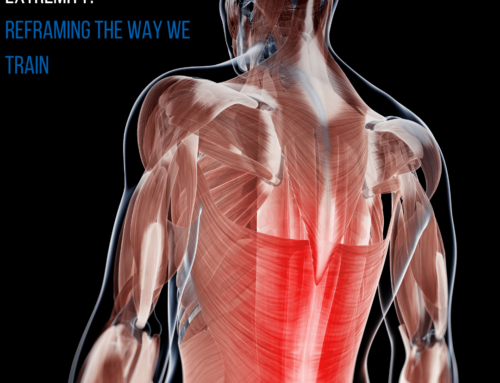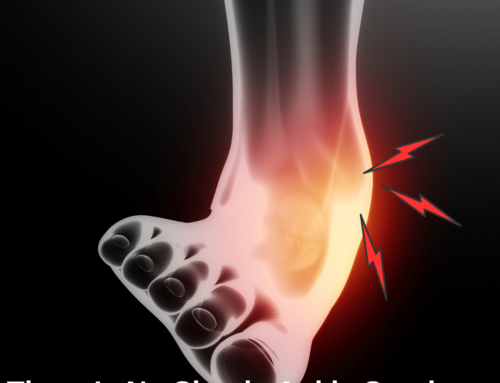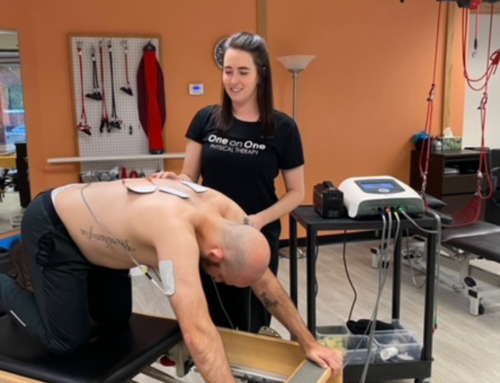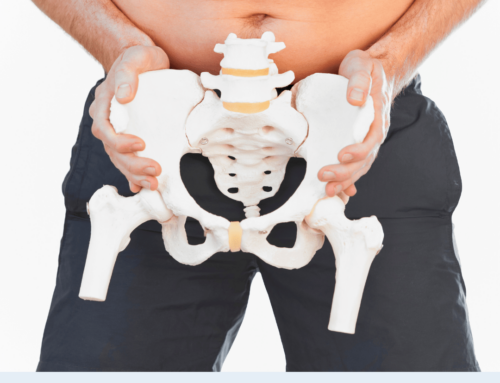Injury Prevention for Tennis Players

Injury Prevention for Tennis Players
By Melissa Baudo Marchetti, PT, DPT, SCS, MTC
It’s that time of year again…welcome back Spring ALTA tennis players! The weather is getting nicer out…perfect for tennis! We want you to be prepared this tennis season and minimize those pesky injuries, aches, and pains. Injuries to the lower leg, elbow, back and hips are common in tennis due to the high demand of the sport and the repetitive,
quick movements required. You can reduce your risk for tennis injuries by paying attention to the following tips:
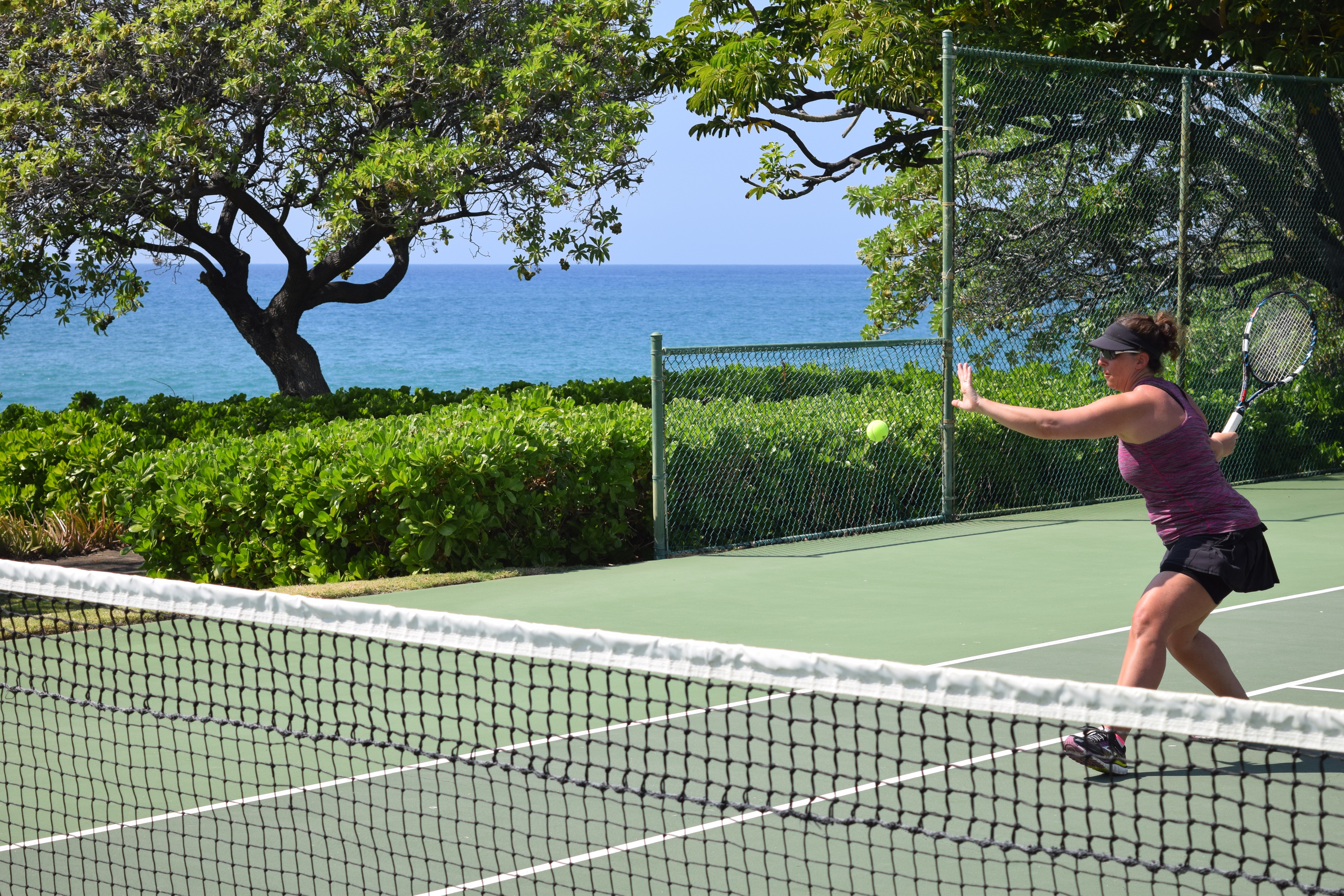
Prepare. The best way to prevent injuries is to sufficiently warm-up before playing. I know no one likes to make time to warm-up, but it is critical for injury prevention. Get to
the court early to perform your dynamic warm-up. A 5-7 minute dynamic warm-up is ideal within 15 minutes of your match time. This includes movements to help lengthen your muscles to prepare for tennis and increases your heart rate and body temperature so your body is warm, which may help decrease your risk for injury. Once you compete your dynamic warm-up, grab your racket and start hitting. Your muscles will thank you.
Recover. Immediately following your match, stay on the court to stretch your arms and legs. They just did a lot of work so help the muscle cool down so you aren’t stiff or sore the next day. Stretching helps maintain flexibility and joint mobility. Hold each stretch for about 30 seconds. A few of my favorite stretches are best done on the floor, so it is ideal to throw a yoga mat down and finish your stretching in the club house or locker room. Cool-down stretching should be done within 30 minutes of coming off the court, so do this before you shower and change clothes. Then, go reward yourself with a glass of wine or beer!
Roll it out. Foam rolling is a great way to stretch and massage your muscles and fascia after you play. I recommend combining this with your stretching. Roll each muscle for about 30 seconds.
Repair. At the end of your day, take a warm bath with 1-2 cups of Epsom salts for about 15 minutes. The magnesium sulphate in the Epsom salts is soothing for sore, tight and tired muscles and diminishes pain and muscle tension promoting more restful sleep. So, take your bath before bedtime and catch a few more z’s!
Protect. If you have experienced an injury like tennis elbow or tennis leg, consider applying a counterforce brace for the elbow or compression sleeve around the lower leg. During the cool weather months, adapt your clothing to the weather conditions. It may be a good idea to wear pants, running tights, or compression gear to keep your body warm. Well-warmed muscles are better able to withstand pulling and traction forces than cold muscles.
Massage. Every few weeks, consider investing in a deep tissue or sports massage to help improve circulation and repair tired, sore, tight muscles. Massage helps your on-court performance, so make time for it!
Cross train. Cycling, running, Pilates and yoga as great ways to cross train for tennis, which build strength and flexibility and will help reduce your risk of muscle trains and
tears.
Conclusion
Tennis can cause a host of injuries resulting from repetitive overload and lack of preparation and recovery. Incorporating the above tips into your tennis routine will help minimize injury, but it won’t eliminate the injury risk completely. If an injury or pain does occur, a few physical therapy sessions may get you back on court. So, seek immediate care from a Physical Therapist rather than waiting until the injury or pain worsens. Take advantage of the many PT treatment interventions available and to learn the prevention strategies necessary keep you on the court.
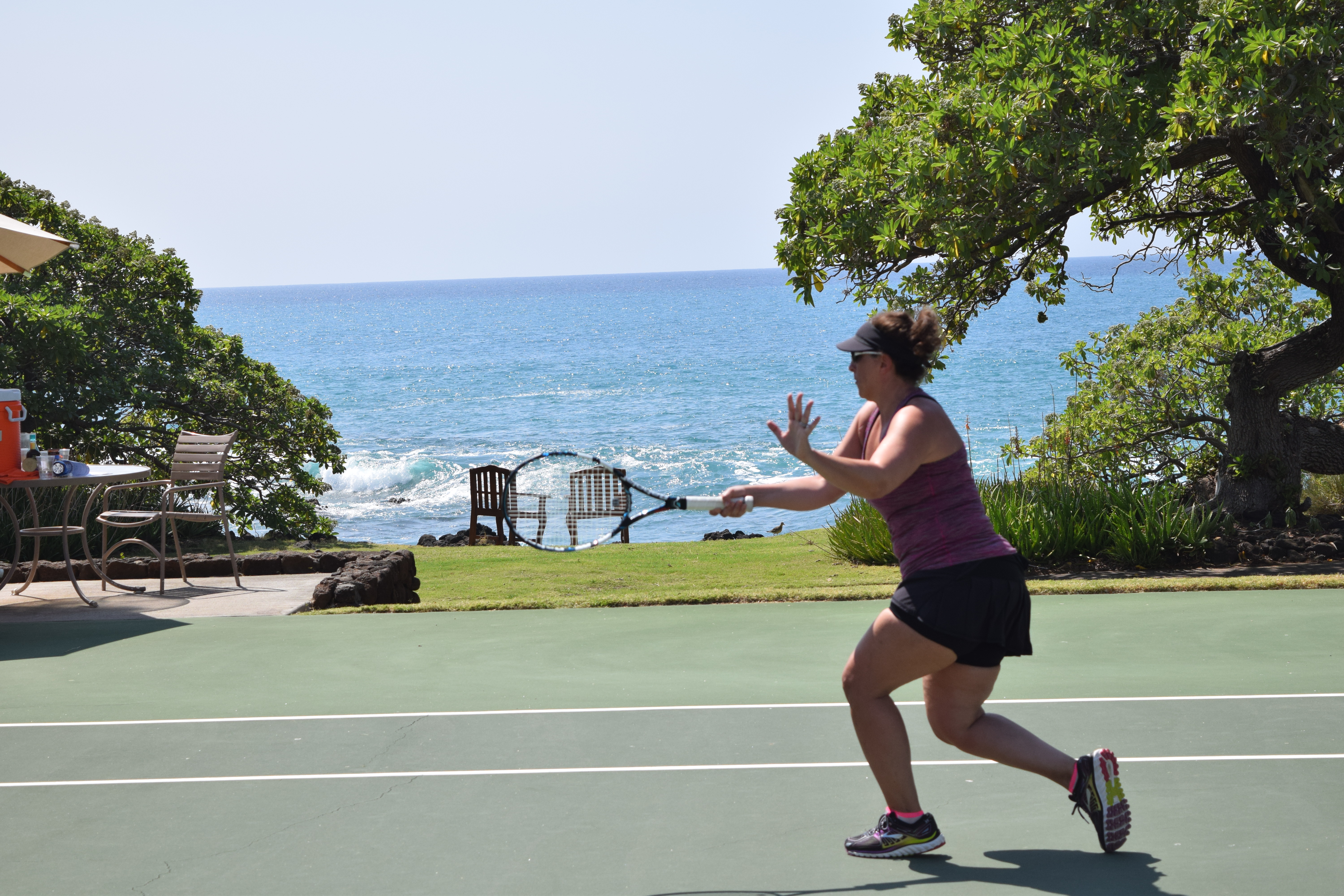
Dr. Baudo Marchetti is a Board Certified Sports Clinical Specialist at One on One Physical Therapy, a multidisciplinary private practice in Atlanta. For nearly five years she was a full-time sports physiotherapist for the WTA Tour and is a tennis medicine expert. She teaches a Sports Physical Therapy course and assists in teaching orthopedics within the Division of Physical Therapy at Emory University.
